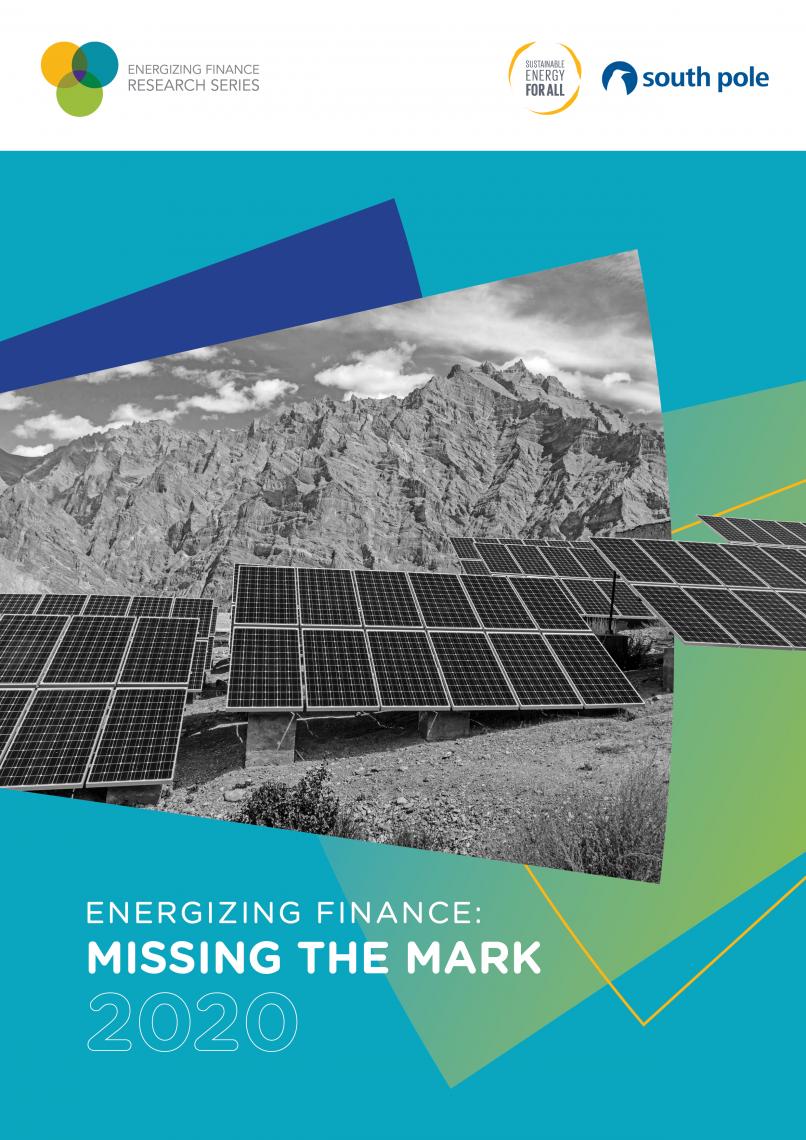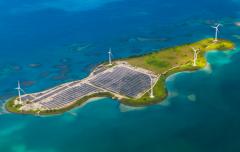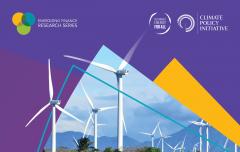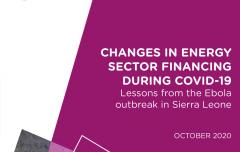Energizing Finance: Missing the Mark 2020
Main findings
- Disbursements for energy in HICs have increased much faster than overall development finance disbursements.
- Energy finance disbursements continue to significantly lag behind commitments.
- On average, disbursement delays have declined since 2002.
- Project-specific factors such as sound project design, including consideration for limited local financial services and good coordination among key actors, are crucial to efficient disbursement.
Access to affordable, reliable, clean, safe and sustainable energy is critical to improving the living conditions of people around the world. Today, an estimated 789 million people still do not have access to affordable and reliable electricity sources, and 2.8 billion people are without clean cooking facilities, greatly affecting their quality of life. International climate and development finance can help reduce energy finance deficits for both electricity and clean cooking, but what happens if the funds are pledged but never disbursed?
The message is clear: significantly increased disbursements, at approximately USD 45 billion per year between 2020 and 2030, are urgently needed to meet SDG7 energy access targets.
This report identifies the gaps between commitments and disbursements of development finance for energy, as tracked in the OECD Creditor Reporting System (CRS) database. This database consists of official development finance and private development finance from philanthropies. It assesses the efficiency of disbursement, both in terms of the percentage of financial commitments that suffer disbursement delays, and the number of projects that experience delayed implementation. Through a qualitative lens, the report also identifies reasons why development finance disbursement constraints occur.
Monitoring the disbursement gap is important because, while commitments reflect ambition, only disbursements actually deliver impact on the ground. Since Sustainable Development Goal 7 (SDG7) is heavily linked to finance - specifically the disbursement of funds - it is vital to examine the efficiency with which finance is actually disbursed to achieve energy targets.
This Energizing Finance: Missing the Mark 2020 report is a new edition of the Energizing Finance: Missing the Mark 2017 report and focuses on 20 countries in Africa and Asia that are classified as high-impact countries (HICs) by Sustainable Energy for All (SEforALL). HICs are the countries with the most significant electricity and clean cooking access deficits and, therefore, need substantial international and national support. Energizing Finance: Missing the Mark 2020 numbers are not directly comparable to the findings from the Energizing Finance: Understanding the Landscape 2020 report, which tracks finance commitments to energy from a broader group of data sources, including private investment.
Main findings
- Disbursements for energy in HICs have increased much faster than overall development finance disbursements. Disbursements for energy projects in HICs increased by more than 61 percent between 2013 and 2018. This is much faster than overall development finance disbursements over the same period in the same countries, which was about a 12 percent increase (see Figure 1).




